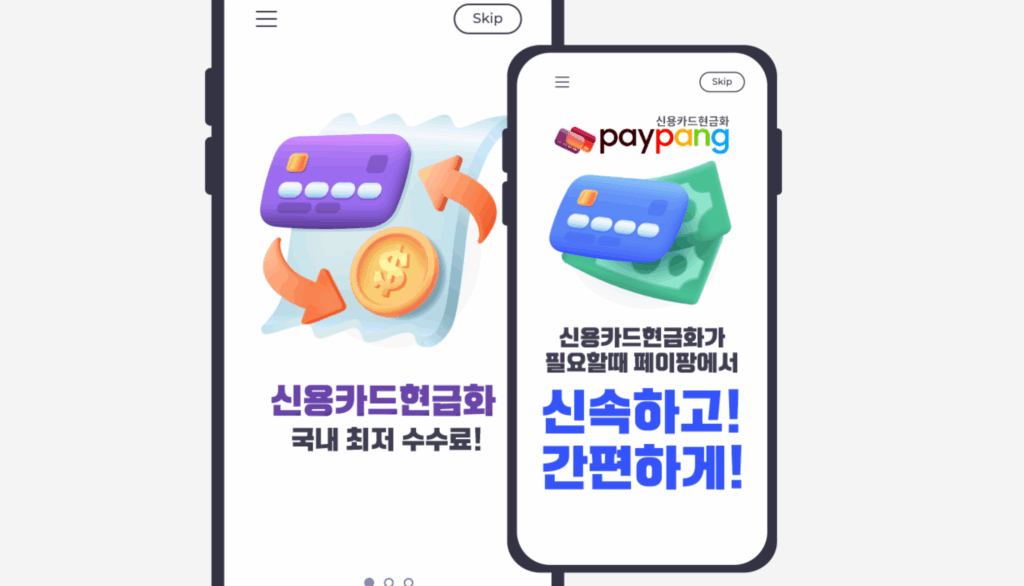
Credit card cashing is when people convert their available credit limit into actual cash. It might sound convenient, but it is not always as simple as it seems. The process, also known as 신용카드 현금화 in Korea, allows cardholders to access funds immediately. In some cases, people use services called 카드깡, which help turn credit into cash fast. However, it’s important to understand both the benefits and the risks before taking this step. Let’s explore how it works and when it might make sense.

How Credit Card Cashing Works
When someone uses a credit card, they are technically borrowing money from their credit provider. Credit card cashing happens when part of that credit is withdrawn as cash. Most banks allow small cash advances, usually up to 30–50% of the total credit limit. According to Statista, nearly 45% of people use cash advances at least once a year, mainly for emergencies. The idea is simple: you get instant money, but it comes with higher interest and extra fees.
The Role of Services
In countries like South Korea, some private services known as 카드깡 offer to convert credit card funds into cash. They usually work with online systems or local businesses to process fake purchases and refund the money as cash. Although it may solve an immediate problem, users must be aware that such methods can be risky and may not always be legal. 신용카드 현금화 agencies advertise fast solutions, but consumers should carefully check the reputation of such providers and understand the law.
Why People Use Credit Card Cashing
Sometimes people need cash fast — maybe for rent, medical bills, or other emergencies. Cash advances provide quick access without waiting for loan approvals. A 2024 survey found that 38% of people using credit card cashing did it to pay urgent household bills. Others used it to manage temporary shortfalls between paychecks. The convenience is appealing, especially for those with limited savings. However, users should still plan how to repay the borrowed amount to avoid extra costs later.
The Hidden Costs Involved
One of the biggest downsides of 신용카드 현금화 is the high interest rate. Most banks charge an APR between 25% and 35% for cash advances, much higher than standard purchase rates. Additionally, some card issuers begin charging interest immediately, without any grace period. This means even short-term use can become expensive quickly. People often forget about processing fees too, which can add another 3–5% per transaction. Over time, these costs make cashing out less efficient than other types of personal loans.
How to Use Your Card Responsibly
If cashing out is the only option, it should be done carefully. That means borrowing only what you can repay quickly and tracking expenses daily. Avoid taking advances from multiple cards at once. Try to keep credit utilization below 30% — this helps maintain a healthy credit score. Always prioritize repayment to minimize interest charges. Responsible card use builds trust with banks and helps unlock better financial tools in the future. Every good habit counts when building a stable financial life.
Final Thoughts
Credit card cashing can be useful in specific situations, but it should never become a regular financial habit. Services for credit cards may promise quick money, yet they come with legal and financial risks. Always weigh the pros and cons before making a decision. Use this option only when absolutely necessary and after understanding the implications.






